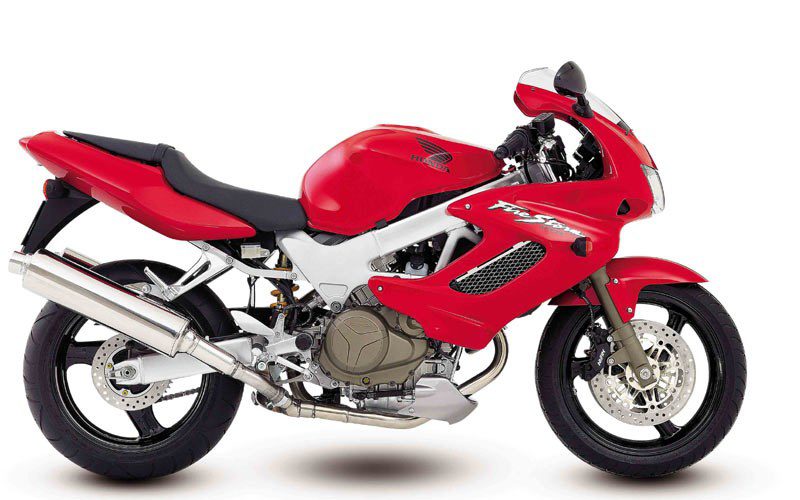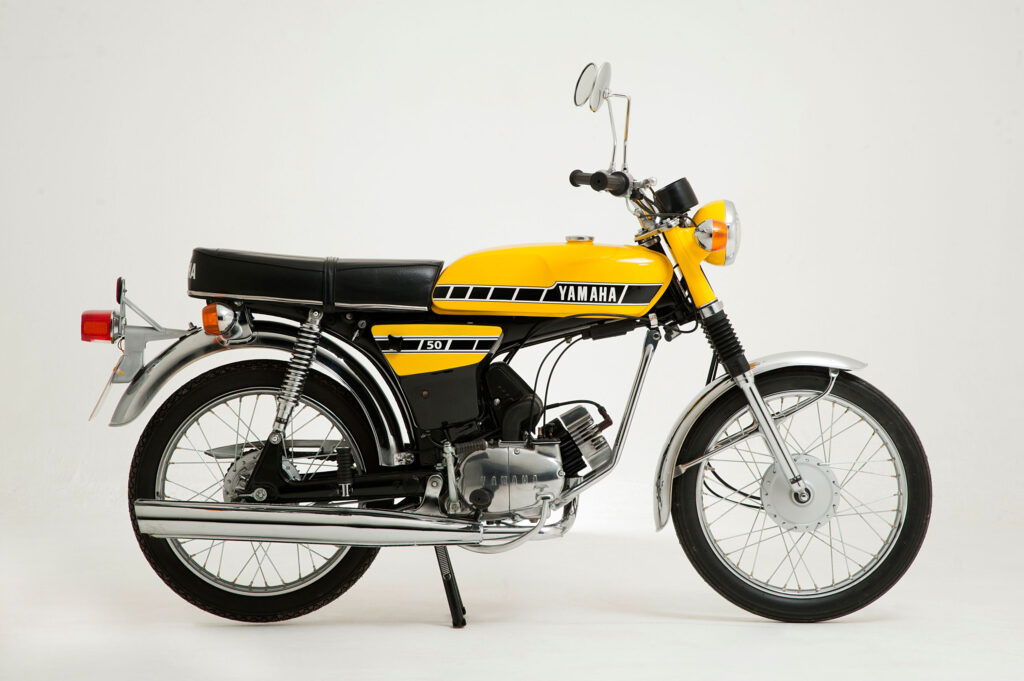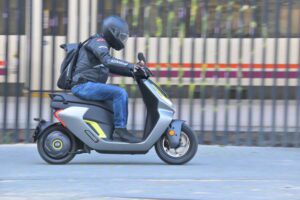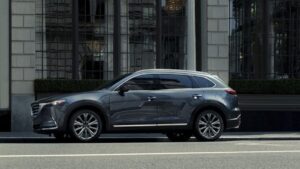Everything you need to know about buying affordable classic motorcycles

Image credit Honda
Classic motorcycle styles remain regular sights on our streets decades after they were the new kids on the block. While some people are choosing modern recreations of these bikes, there’s something about owning the original that makes many seek them out and help to keep the flame for these classics alive.
Here we explain everything you need to know about getting a true classic bike without breaking the bank.
What counts as a classic motorbike?
The term “classic motorcycles” covers a pretty huge period of time. While there’s plenty of exceptions, for our purposes, we’re considering a classic to mean a bike released between 20 and 60 years ago.
While 40 years is the generally agreed starting point for vehicles becoming classics, there have been plenty of bikes released more recently that have more than earned their classic status. And while you could easily argue that bikes older than 40 years old should be called “antiques”, there are plenty of bikes from the fifties, sixties and seventies with devoted and active fanbases keeping these classics alive.
That means if you’re looking for an affordable classic, you have decades of motorcycles to choose from. Many of these will be reasonably priced and relatively easy to keep in working order.
How to find classic motorcycles at an affordable price
If you’re buying a classic bike, chances are you’re looking for something specific. You’re finally able to afford the dream bike of your teenage years, but it’s been out of production for decades so you’re at the mercy of the second-hand market. There are plenty of classic bike dealers out there, as well as regular sales at bike shows around the country which are great places to snag a bargain.
And, of course, there are plenty of chances to find bargains on eBay or Facebook, either through the marketplace or via groups dedicated to specific brands or models. As with anything being sold on these kinds of sites, you need to be patient and wait for bargains. And don’t get spooked by the people asking for far more than the bike’s actually worth, just because it’s “rare” or a “classic”.
But say for example, you were so enthused by our article celebrating 50 years of the Yamaha FS1-E that you wanted to grab one for yourself. Well, there are active communities on Facebook with regular sales posts where you can easily find a bargain. Bear in mind that if you purchase a second-hand bike of this age, you might need to spend some time and money on restoring the classic motorbike.
Having a restoration project for your dream bike could be what you’re looking for, but, like any bike bought used, you should still check it in person to make sure it’s in the condition described in the listing and there are no glaring faults that weren’t mentioned.
How to register a classic motorbike
 Image credit Yamaha
Image credit Yamaha
This is where things can get fun. When you buy a second-hand bike, the seller should provide the V5C logbook – and an MOT certificate if it’s more than three years old. The frame and engine numbers on the bike should match, and with this information it should be easy to get it registered.
However, if you’re buying a vehicle that hasn’t been taxed since 1983 then it might never have been registered with the DVLA. In this case you’ll need to register it as if it was new, which can get pretty complex.
If you know the original registration number of the machine this simplifies things considerably. You’ll need to fill in form V765 to retain the original number. If you have any of the pre-1983 documentation showing the frame or registration number, you can get help and other documentation from a vehicle owner’s club, who will need to endorse the V765.
If you don’t know the registration number, or don’t have any documentation, registering it gets a bit more involved. You may be able to contact the manufacturer for a dating letter. If they can’t provide this, an owners club should be able to help confirm the age, make and model of your bike. If it’s something that’s been built from parts from more than one machine, it will need to be assessed differently.
Regardless of what needs to be done, if you’re able to get the registration sorted and the vehicle passes an inspection, you’re good to go. If you’re confused, organisations like the Vintage Motorcycle Club can provide advice.
When is an affordable classic really affordable? Or a classic?
Once something ascends to classic status, that usually means the price starts creeping up, especially online where anything old is deemed rare and worth a lot of money. Even if it’s something that wasn’t that good the first time around.
It can be difficult to keep things affordable in this environment, but if you’re willing to compromise slightly, you can still save money.
Taking the example of the Yamaha Fizzy again, originally it was very popular so plenty were on sale. However, models from the seventies are more highly sought after as people who were teens back then, and now have ready cash, are willing to pay to get the exact version that they had.
However, if you’re willing to consider models released later in its original lifespan, you can still pick one up for a surprisingly reasonable price.
Where can I get classic motorcycle insurance?
No matter which classic motorbike you choose to buy, you need to get it insured. That’s where Bikesure can help. As a specialist motorcycle insurance broker, we compare insurance premiums from dozens of providers to find you the very best deal, whatever your personal needs and even if it is your first bike.
We treat all our customers as individuals, and as such will make sure to give you a competitive insurance quote that won’t compromise on quality. Give us a call on 0800 369 8580 or book a callback at a time that suits you.







